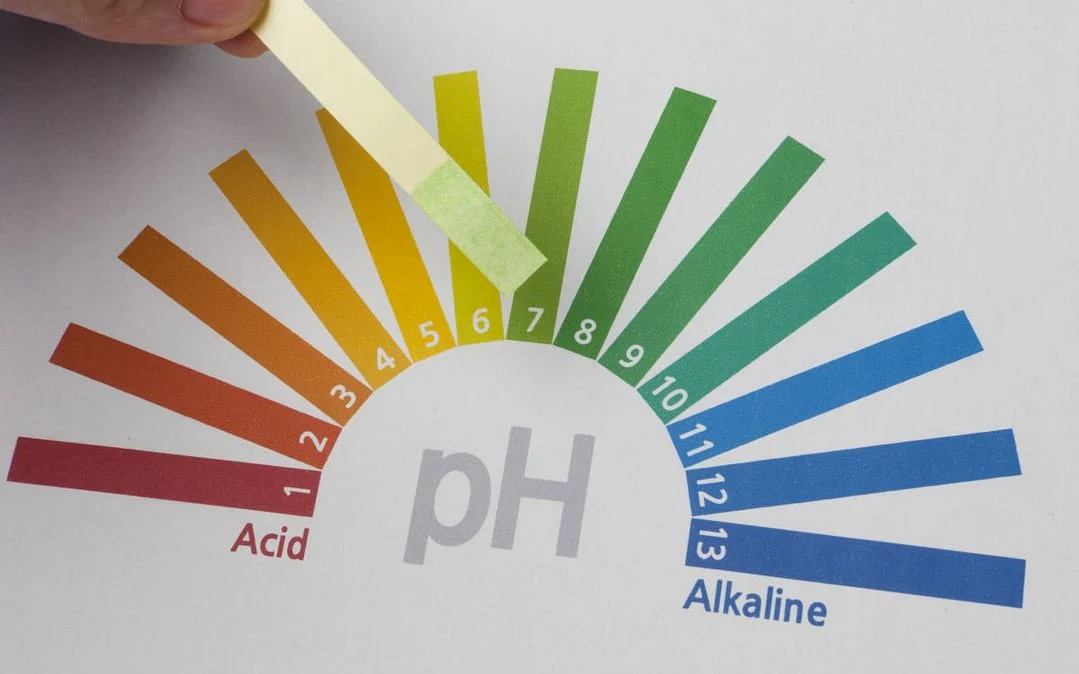Washing machine has sediment at the bottom – Causes and solutions
Washing machines are gradually becoming indispensable items in every modern family. However, after a period of use, many people encounter…
OEM Service – Leverage for fast and efficient new product development In the context of the fiercely competitive cosmetics market, constantly launching new products is a vital factor for businesses to maintain their position and expand their market share. However, developing new products requires large resources, extensive expertise and close coordination between departments. OEM services […]
In the context of the fiercely competitive cosmetics market, constantly launching new products is a vital factor for businesses to maintain their position and expand their market share. However, developing new products requires large resources, extensive expertise and close coordination between departments. OEM services have emerged as a comprehensive solution, helping businesses shorten the time to market, optimize costs and ensure superior quality.

The new product development process begins with a thorough market survey. Businesses need to deeply analyze consumer trends, customer behavior, the problems they are facing and unmet needs. This does not stop at statistics but also involves in-depth interviews, field surveys, analysis of sales data and feedback from distribution channels.
In particular, competitor assessment is an indispensable step to identify the strengths and weaknesses of existing products, thereby finding opportunities for differentiation and identifying “gaps” in the market that new products can exploit.

Once the company has a comprehensive view of the market, the company and its OEM partner will begin the product ideation phase. The OEM’s R&D team not only relies on inspiration but also carefully analyzes survey data to propose a formula that fits the brand’s goals. Each idea is tested for creativity, practical application, and consumer safety.
The selection of raw materials, determination of active ingredient content, control of safety indicators (such as pH, irritation potential, etc.) are all strictly implemented. In particular, new trends such as the use of organic ingredients, enzyme technology, nano, etc. will be considered to create products that are both new and meet international standards.

Packaging is not only a protective “coat” for the product but also a powerful marketing tool. The OEM design team will coordinate with the business to build a unified brand identity, from logo, color, material to communication message. Every detail on the packaging is carefully considered to ensure both aesthetics and convey the core values of the product. In addition, choosing environmentally friendly packaging materials and convenient design are also factors that help the product score points with modern consumers.

Once the idea and formula are finalized, the OEM partner will proceed to produce a small-scale prototype. This prototype is not only tested for its sensory properties (color, scent, texture), but also undergoes rigorous testing for its effectiveness, safety, skin compatibility, or actual usage needs. The company will collect feedback from the target customer group, and then work with the OEM to adjust the formula and design until the best results are achieved. This is the stage that helps minimize risks when the product is officially launched on the market.

Once the sample has passed the test, the product will be mass-produced on a modern automated production line. Each batch is thoroughly tested for chemical, microbiological and sensory indicators and must fully meet international quality standards as well as relevant legal regulations. The OEM’s quality control team will closely monitor each stage, ensuring product consistency, minimizing manufacturing errors and return risks.

A good product cannot be successful without an effective marketing strategy. OEM partners like THT will support businesses in building professional marketing documents, from sharp product images, promotional videos, communication content to sales team training documents. In addition, OEM also advises on product launch strategies, organizes events, connects with distribution and communication channels to optimize customer reach. Thanks to that, businesses can quickly create a buzz, attract market attention right from the first days of launch.
After the product has been launched, OEM continues to accompany businesses through professional after-sales services. THT commits to quality warranty, supports returns if manufacturing errors are detected, and advises on developing new product lines based on actual market feedback. The customer care team is always ready to answer questions, support handling any problems that arise, helping businesses confidently develop their business and build strong relationships with end customers.
See more at:>> After-sales service when cooperating with THT Vietnam
OEM service is a comprehensive solution that helps businesses shorten the time to launch new products, optimize costs and improve competitiveness in the modern cosmetics market.
Cooperating with a reputable OEM partner like THT Vietnam , businesses can be completely assured of quality, progress and business efficiency, while focusing on developing a sustainable brand in the long term.

Washing machines are gradually becoming indispensable items in every modern family. However, after a period of use, many people encounter…

In the cosmetics industry, especially in the field of detergent production, pH is one of the most important factors that…

In the increasingly competitive cosmetics market, building a private label brand is not just about beautiful packaging or a massive…